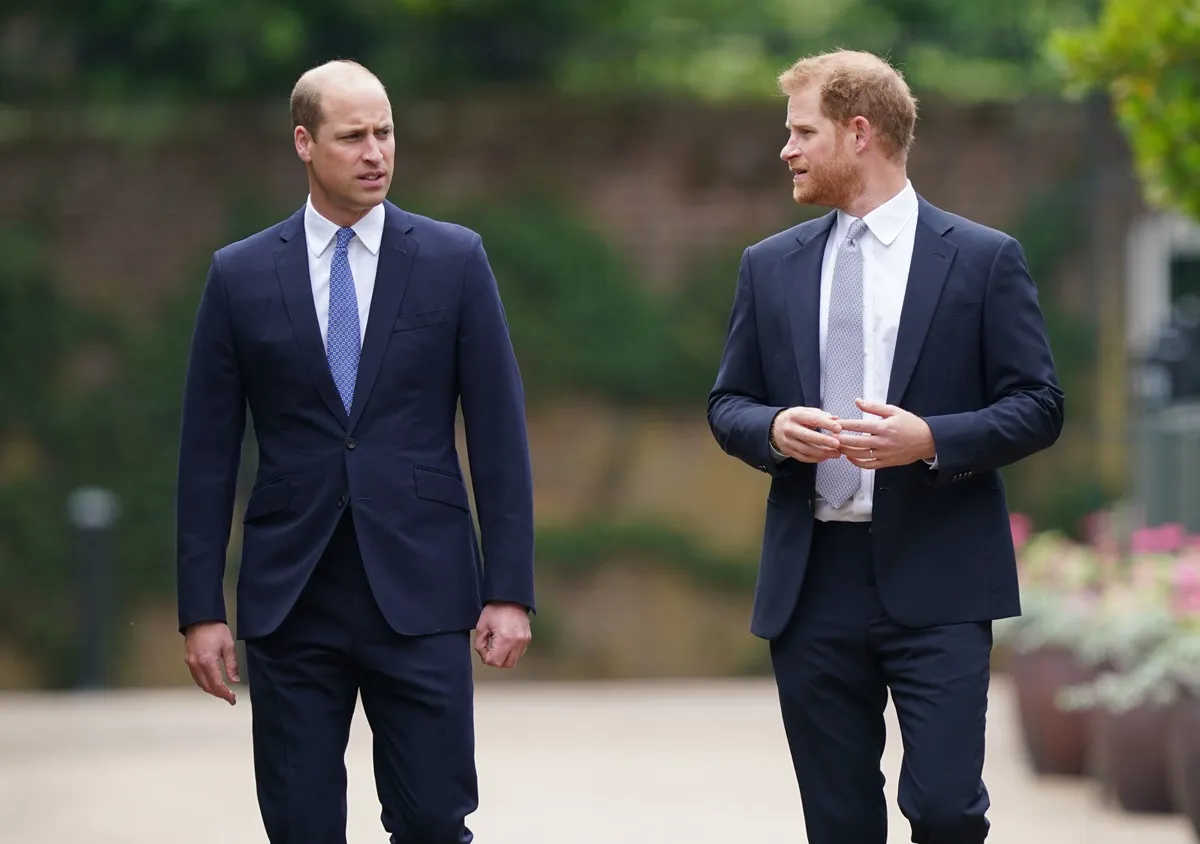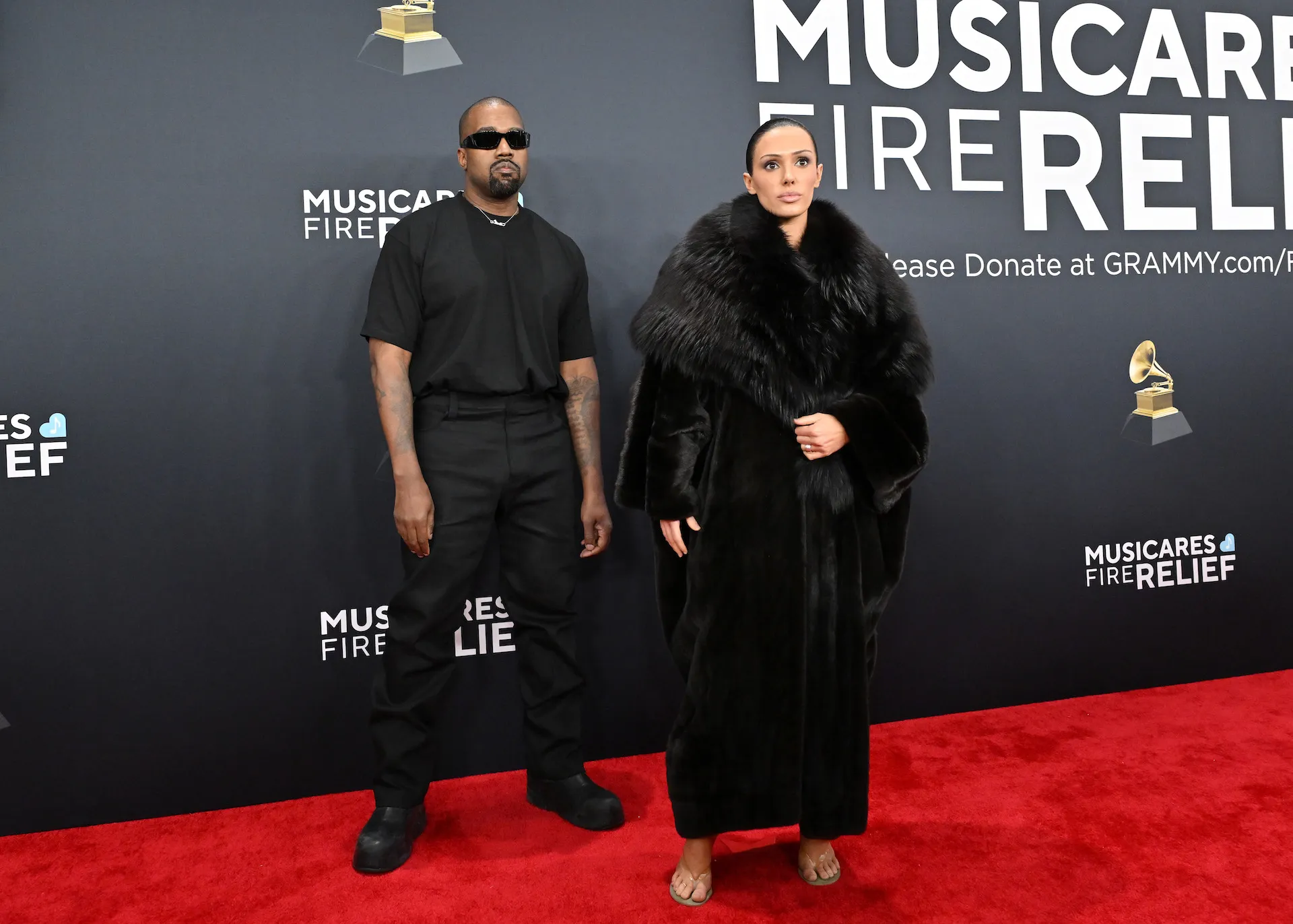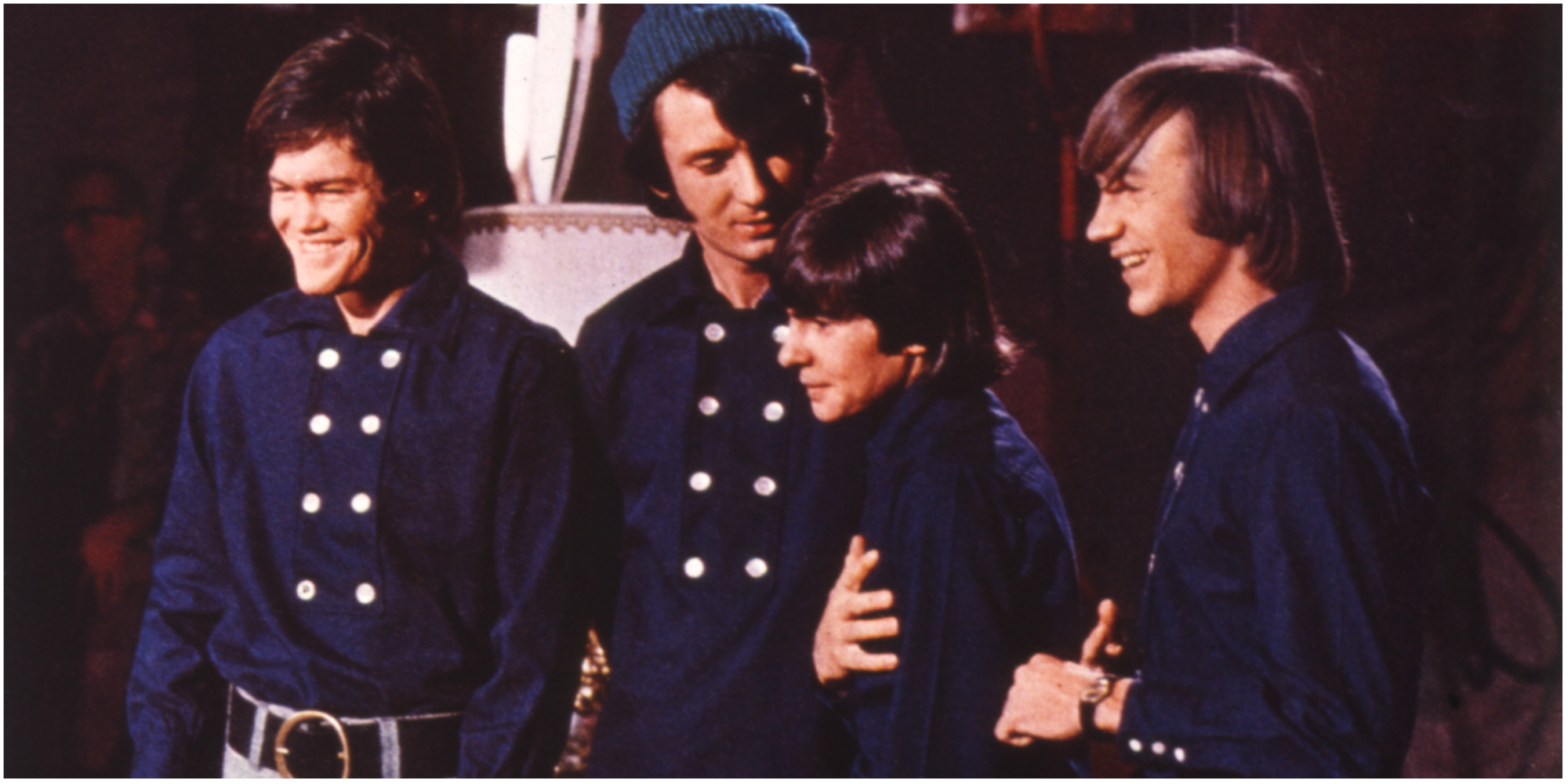
‘The Monkees’ Fans Debate the Hidden Meaning of Confusing Season One Joke
The Monkees television show broke many barriers in the television industry. The irreverent situation comedy was one of the first to break the fourth wall of television. The series was also crucial for the groundbreaking ways it allowed Micky Dolenz, Mike Nesmith, Davy Jones, and Peter Tork to mirror the era. However, The Monkees’ hidden jokes and irreverence were beloved by fans, including a season one moment that left fans scratching their heads.
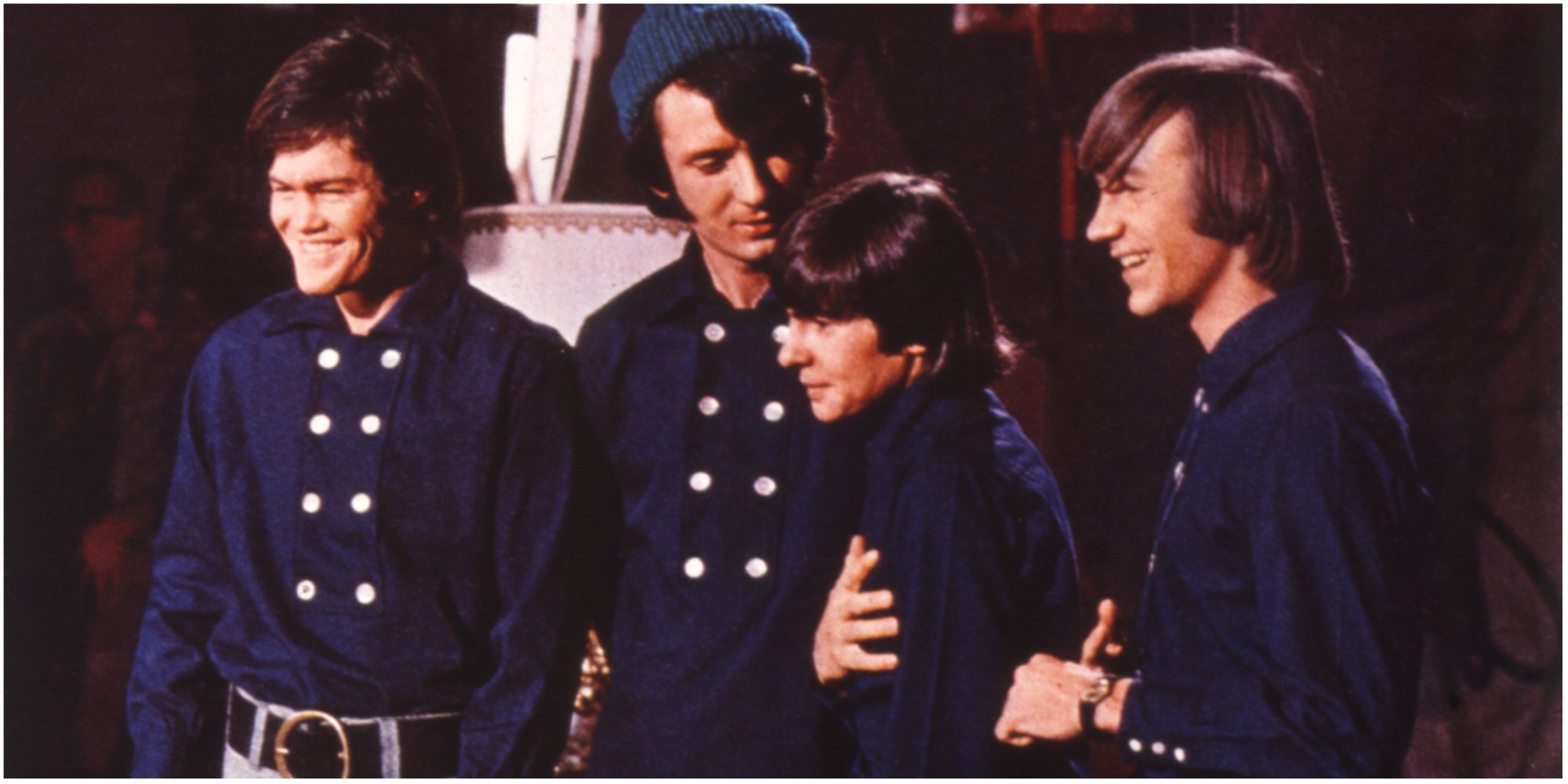
How did ‘The Monkees’ change television?
In two seasons of The Monkees, producers Bob Rafelson and Bert Schneider trailblazed a new type of sitcom unlike any other.
First, Mike Nesmith, Micky Dolenz, Peter Tork, and Davy Jones lived together in a beach house with no parental figures to oversee them. In the mid-1960s, this was groundbreaking television.
Viewers were used to shows with a nuclear family with a parental figure leading the antics of the show’s younger cast members. The Monkees went in the opposite direction, living and working on their own, trying to make ends meet and navigating life as they sought success in the music business.
Subsequently, The Monkees series would break other barriers on television.
The actors were the first to say the word the censored word “hell” on television [the network bleeped it out during post-production] and also the first to feature four young “hippie” men as its
They also broke the fourth wall of television, where performers act as if the audience is not there. During the series, Micky walked off set to visit the writers’ room, Davy stopped midscene to ask to take a line over again, or the actors looked directly at the camera and spoke to the viewer.
‘The Monkees’ fans debate the hidden meaning of a season one inside joke
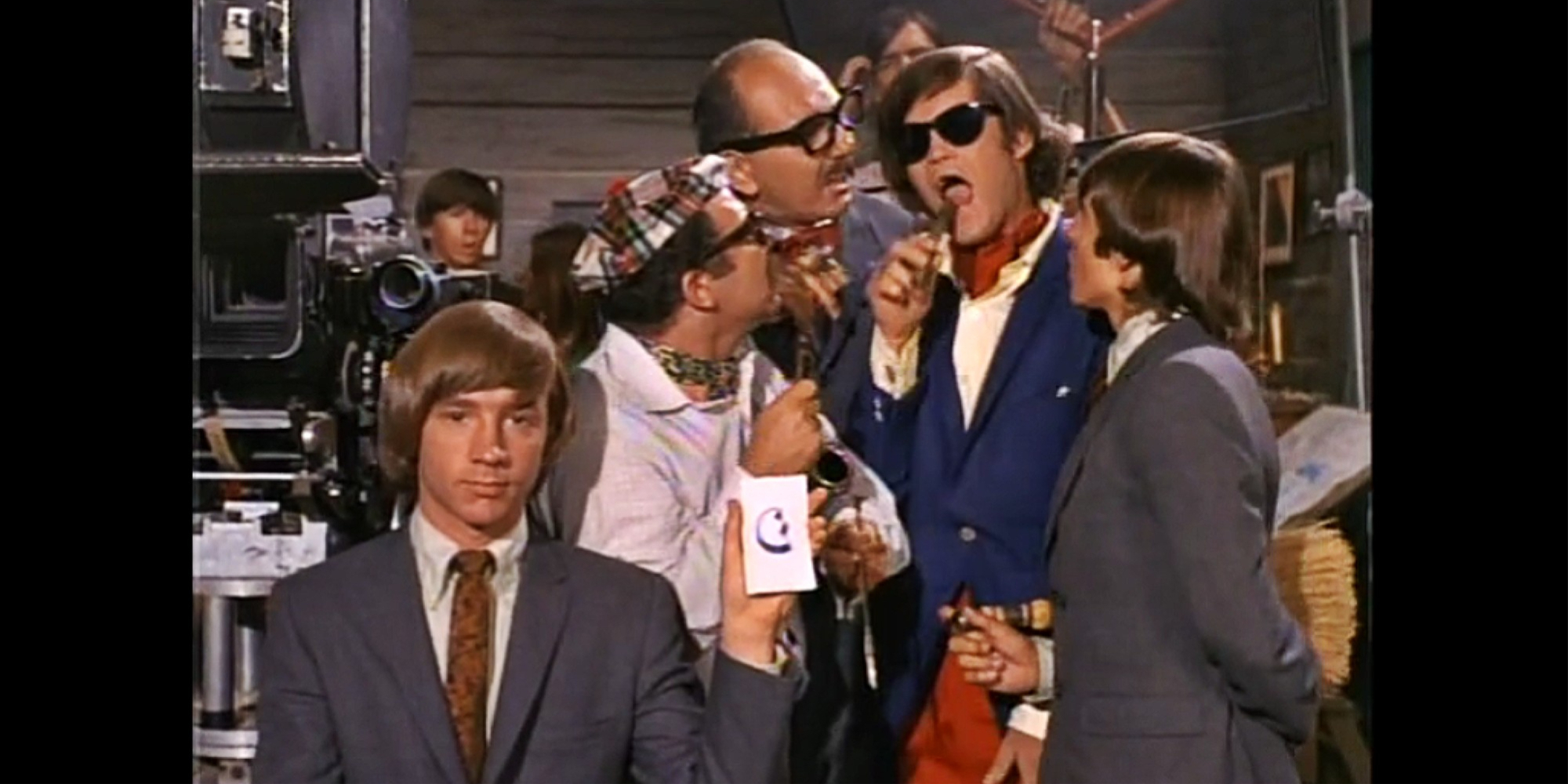
In a Reddit post titled “Can anyone explain this joke from The Monkees TV show?” fans debated what appeared to be a hidden joke within one particular scene.
The LOL moment appeared in the episode titled I’ve Got A Little Song Here.”
Nesmith receives a letter saying due to his “unusual taste and achievements,” he’s invited to embark on a “profitable new career.”
The letter is signed by High-Class Music Publishers.
The letter, however, was addressed to the “occupant” of their beach house.
Nesmith enters into a contract with the publishing company. They attempt to scam him over the song “I’m Gonna Buy Me a Dog.”
However, after learning their friend has been duped, Dolenz scams the unreputable company into believing he’s M.D., the head of Mammouth Studios.
M.D. claims he wants to buy the song for Joanie Jans’ next movie, where she plays an animal lover. Eventually, The Monkees get Mike’s initial $100 deposit back from the scammers, doubled.
During the scene, Tork holds up a notepad and shows what he’s written to the camera, stumping viewers.
In the post’s comments section, fans tried to deduce Tork’s doodle’s hidden meaning.
“It’s because they’re pretending to be these big shots. Peter is supposedly transcribing everything Micky is saying because he’s so important. But he shows us that all he was doing was doodling. And the movie director doesn’t see that,” explained one fan.
“Well, knowing how show business works, it could also be some kind of symbol,” penned a second Reddit user.
“Looks like a half-moon face,” shared a third fan.
‘I’m Gonna Buy Me A Dog’ was not written by Mike Nesmith
“I’m Gonna Buy Me a Dog,” the song central to the episode, was not written by Mike Nesmith.
Instead, it was penned by songwriters Tommy Boyce and Bobby Hart.
The song is best known by Monkees fans for the ad-libbing done by Dolenz and Jones throughout the final recording.
However, Nesmith did produce a backing track for the tune on July 7, 1966, reported the Monkees Live Almanac.
That version appeared on a deluxe edition of The Monkees’ debut album in 2006.
That session featured multiple guitarists, including Tork, Glen Campbell, James Burton, Al Casey, and Jim Helms. The bassist was Bill Pitman. Hal Blaine played drums and Billy Preston on the organ.

